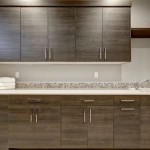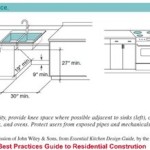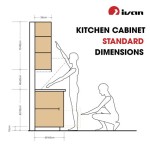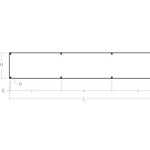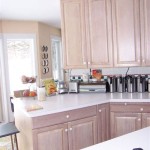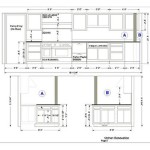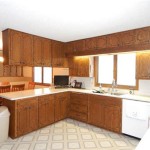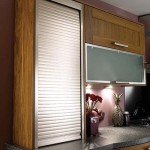Kitchen Cabinet Upper Trim: An Essential Guide to Enhance Your Kitchen's Aesthetics
Kitchen cabinet upper trim, often overlooked, plays a crucial role in enhancing the overall appearance and functionality of your kitchen. By adding decorative moldings or functional elements to the top of your cabinets, you can create a cohesive and refined look while addressing practical concerns like protecting your cabinets and walls from moisture and dust.
Types of Kitchen Cabinet Upper Trim
The choice of upper trim depends on your kitchen's style and your personal preferences. Common types include:
- Crown Moldings: Decorative moldings that add an elegant and traditional touch.
- Light Rail Moldings: Simpler moldings that provide subtle framing and can also serve as ambient lighting fixtures.
- Valances: Decorative strips that can conceal the gap between the cabinets and the ceiling, adding a touch of sophistication.
- Functional Trim: Moldings that serve practical purposes, such as drip molding to protect the wall from water splashes or filler strips to fill gaps between cabinets and walls.
Choosing the Right Upper Trim
Selecting the right upper trim involves considering several factors:
Kitchen Style:
Match the trim style to the overall design of your kitchen. Traditional kitchens may require ornate crown moldings, while contemporary kitchens may prefer sleek light rail moldings.
Cabinet Height:
Taller cabinets require taller trim profiles to maintain a balanced look. Lower cabinets may benefit from smaller, more subtle moldings.
Ceiling Height:
High ceilings allow for more elaborate trim designs, while low ceilings may require narrower or shorter moldings to avoid a cluttered appearance.
Functional Needs:
Consider practical aspects such as protecting walls from moisture or concealing gaps. Functional trim options can address these concerns while enhancing aesthetics.
Installation and Maintenance
Proper installation is essential for a durable and attractive trim. Follow these tips:
- Measure and cut the moldings accurately.
- Use strong adhesives or nails to secure the trim to cabinets and walls.
- Fill any gaps or seams with caulk.
- Paint or stain the trim to match your cabinets or create a contrasting effect.
Regular maintenance helps keep your upper trim looking its best. Wipe down moldings with a damp cloth to remove dust and dirt. If the trim becomes damaged, repair or replace it promptly to prevent further damage to your cabinets or walls.
In conclusion, kitchen cabinet upper trim is an essential design element that can transform the look and functionality of your kitchen. By carefully choosing the right trim type, considering installation techniques, and maintaining it properly, you can enjoy a beautiful and practical space for years to come.

Adding Crown Molding To Kitchen Cabinets Young House Love

Diy Kitchen Cabinet Upgrade With Paint And Crown Molding

Straight Molding On Top Of Cabinets Kitchen Cabinet Crown Upper

Decorative Molding Timberlake Cabinetry

Closing The Space Above Kitchen Cabinets Remodelando La Casa

7 Types Of Cabinet Moldings And How To Use Them Properly

Adding Crown Molding To Kitchen Cabinets Young House Love

Diy Stacked Kitchen Cabinets Frills And Drills

Adding Moldings To Your Kitchen Cabinets Remodelando La Casa

Project Kitchen Creating Custom Cabinets 2paws Designs Cabinet Molding Crown
Related Posts

